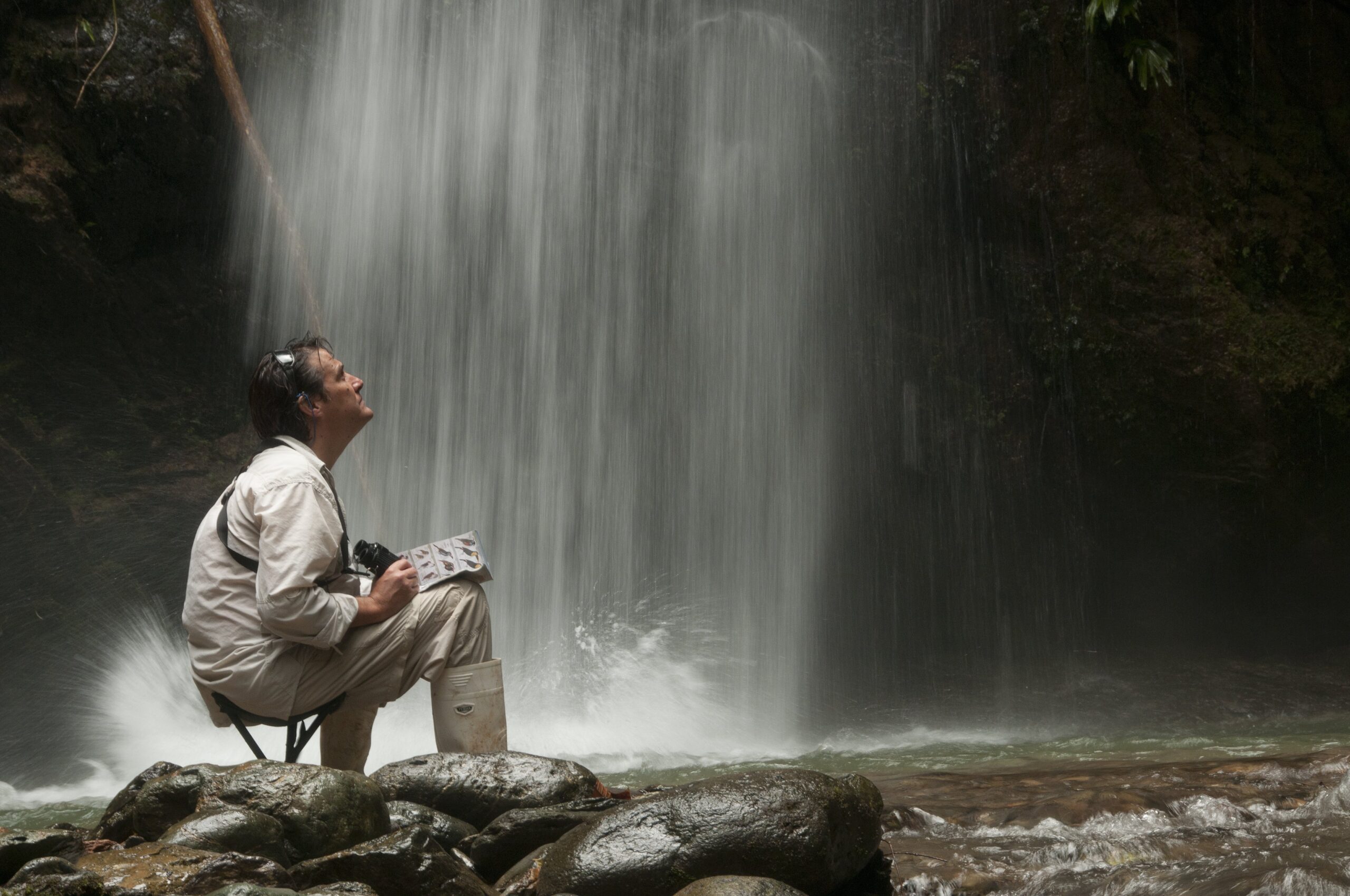Mashpi Rainforest Biodiversity Reserve Takes Flight As A Dream Destination For Birdwatchers
418 bird species identified so far and many more to come across 2,500-hectare reserve just 3 hours northwest of Quito, Ecuador
415, 416, 417… That’s the number of bird species recorded so far at the Mashpi Rainforest Biodiversity Reserve – and if the biologist in residence is correct, the count is only just past halfway there. Located 3 hours northwest of historic Quito, Ecuador, the ecological preserve is a dream destination for birdwatching, with designer accommodations for up to 44 guests and abundant opportunities for doing what birders do best.
Situated on 2,500 hectares between 1,800 and 4,500 feet above sea level, the Mashpi Reserve stretches across lowland floodplain forests and lower montane – or “foothill” – forest. The range of altitudes and dead-on proximity to the Equator create exquisite habitat for a high number of endemic species, including, of course, birds.

Mashpi’s resident Wildlife Project Coordinator, Mateo Roldán, and his team are working daily on gaining knowledge of the forest ecology and its relationship to bird behavior and distribution. They estimate that anywhere from 400-500 bird species inhabit the forest – many residing in remote sections at lower and higher elevations that have yet to be tracked.
Ah, but many forested areas have been tracked already, resulting in splendid finds: Indigo Flowerpiercer, Black Solitare, Chocó Vireo, Banded Ground-Cuckoo, Yellow-Green Bush Tanager, Moss-backed Tanager, Black-tipped Cotinga and other rare and endemic species. The biological team has also sought out “leks” – gathering places for male avians where elaborate courtship displays of garish plumage and performance unfold. Four leks have been found to date – two of Long-Wattled Umbrellabird and one each of Andean Cock-of-the-Rock and Club-Winged Manakin – all perfect for study by biologists and for sightings by guests.
Guests also have the chance to observe and photograph 13 of the Reserve’s 25 species of Hummingbirds in the wild, many of which feed around a handsome shelter close to the Reserve’s entrance and at the Life Center.
Meanwhile, many bird species can be spotted from the main road that runs from the gates of the Reserve to the lodge, as well as on group and private guided hikes – or simply from the lodge’s terraces at dawn or dusk. The observation tower further facilitates sightings. The Dragonfly is the perfect mode of transportation for guests who would rather float through trees than trek beneath them, though both are highly recommended. The 1.2 mile-long cable system glides through, beneath and over the Mashpi Rainforest Biodiversity Reserve.
The Mashpi project is deeply committed to protecting the local environment and population in a thoughtful and effective manner.
To Hear the Colors [VIDEO]
Juan Pablo Culasso, winner of National Geographic’s Great Minds Contest in 2013 for identifying 500 birds by their listening to their songs, explores the Mashpi Reserve. Juan Pablo is blind from birth.
Media error: Format(s) not supported or source(s) not found
Download File: https://andreaschnoor.com/wp-content/uploads/2021/04/To-Hear-the-Colours-Juan-Pablo-Culasso-explores-the-world-of-Mashpi.mp4?_=1